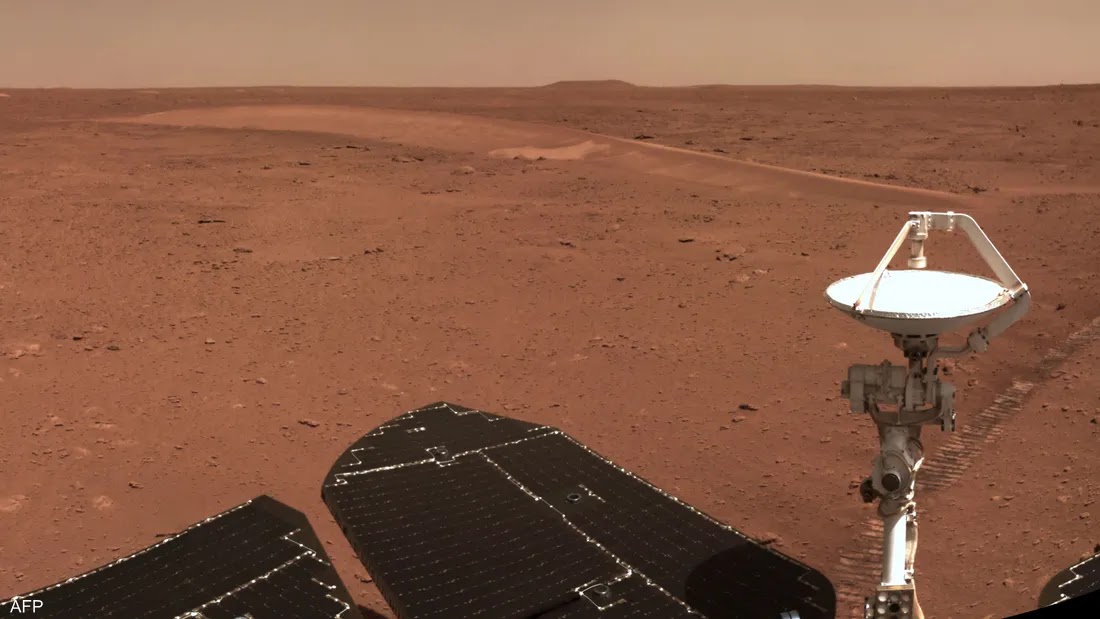With an Earth-like climate and an ocean coursing across its surface, Mars was a very different place to the dry and arid land that now dominates it. The question that remains a mystery until now is: Where did all this water go?
Scientists believe that most of the water was suspended in the outer layer of Mars, that is, in its crust, and this led to a widespread belief that water in the Red Planet exists only in the form of solid in rocks or gas in water vapor.
But a new discovery indicates that there are differences in fluids as well, according to the British Daily Mail. The newspaper says that the new discovery is a scientific breakthrough because it can provide the main possibilities for building extraterrestrial life.
And the Chinese rover "Zurong", which landed on Mars in 2021, finally discovered evidence that liquid water is present in sand dunes at reduced latitudes, towards the equator and away from its poles. Scientists say that liquid water is formed when the salts in the sand dunes cause the frost to melt, in light of low temperatures.
However, water is likely to remain in this form for a short period of time, as water cannot remain liquid on Mars because it is too cold to remain liquid on the surface.
And last year, an international research team said that liquid water may exist under the ice cap at the south pole of Mars. And other researchers said in 2009 that they had monitored, through the "Phoenix Lander" probe, water in the Arctic region.
But the new study represents that observational evidence for liquid water at low latitudes rather than high latitudes. The main reason is that the temperature is relatively warmer at the equator, which means there are more stable conditions for life than in regions near the poles.








0 Comments